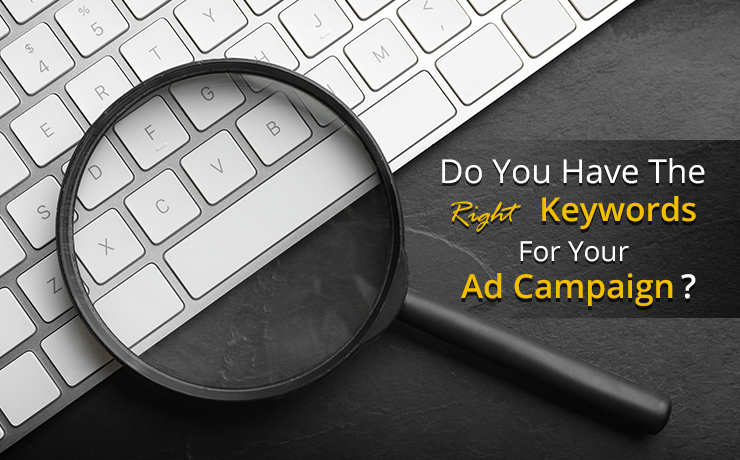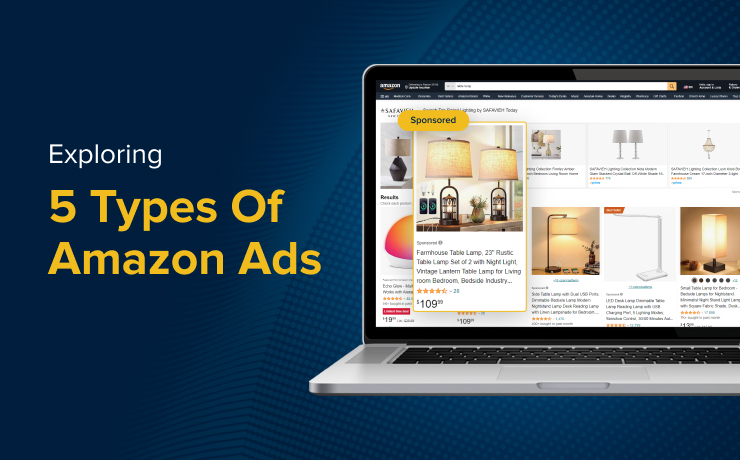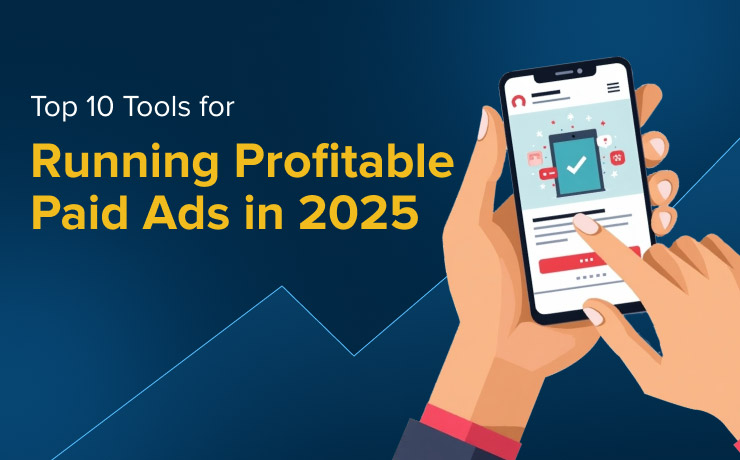
In the fast-paced world of digital marketing, selecting the right tools for running profitable paid ads is more than a strategic choice – it’s a necessity. As advertising platforms change and consumer behaviors shift, businesses must adapt by leveraging innovative solutions that drive measurable results.
This complete guide explores ten cutting-edge tools poised to redefine paid advertising success in 2025.
Why Should Businesses Run Profitable Paid Ads?
Running profitable paid ads requires a blend of strategic planning, audience understanding, and the use of advanced tools. By adopting data-driven insights and automation, businesses can optimize ad spend, target the right demographics, and achieve higher conversion rates.
Targeted Reach: Paid ads allow businesses to reach specific audiences based on demographics, interests, and behaviors. This level of precision ensures marketing budgets are spent effectively by showing ads only to those most likely to engage or convert.
With tools like lookalike audiences and retargeting, advertisers can fine-tune their reach and maximize campaign relevance.
Scalability: Campaigns can be scaled up or down quickly, providing flexibility in budgeting and strategy. Whether you’re testing a new product or running a seasonal promotion, paid advertising platforms allow you to adjust spending and scope in real time.
This agility supports businesses of all sizes, from startups to enterprises, as they grow and adapt.
Measurable Results: Advanced analytics provide clear metrics on performance, allowing continuous improvement. Marketers can track impressions, clicks, conversions, and ROI with accuracy, gaining in-depth insights into what’s working and what’s not.
These data-driven decisions reduce waste, improve targeting strategies, and help make sure each advertising dollar contributes to meaningful outcomes.
Brand Visibility: Consistent presence across platforms enhances brand recognition and authority. Paid advertising keeps your brand top-of-mind by displaying it frequently to your target audience, even when they’re not actively searching for your product.
Over time, this reinforces brand identity, builds trust, and positions your business as a credible player in the industry.
Let’s check out the top 10 tools for running profitable paid ads in 2025.
| 1. Triplewhale | 2. Simpli.fi | 3. Cometly |
| 4. Google Ads | 5. Meta Ads | 6. Microsoft Ads |
| 7. Amazon Ads | 8. TikTok Ads | 9. LinkedIn Ads |
| 10. YouTube Ads |
#1 Triplewhale |

Triplewhale distinguishes itself as a complete analytics platform designed for e-commerce businesses. It offers real-time data tracking, attribution modeling, and performance metrics across multiple channels.
With features like the Creative Cockpit and Pixel integration, marketers gain actionable insights to refine their ad strategies. Triplewhale’s user-friendly interface simplifies complex data, making it accessible for teams aiming to boost their advertising ROI.
The platform’s cross-channel attribution tools help pinpoint exactly which ads drive the most value, allowing for smarter budget decisions. Marketers can also explore cohort analysis and creative performance trends, which inform long-term strategy and boost customer acquisition efforts.
By focusing on granular insights, Triplewhale helps brands respond quickly to changes in ad performance and customer behavior.
#2 Simpli.fi |
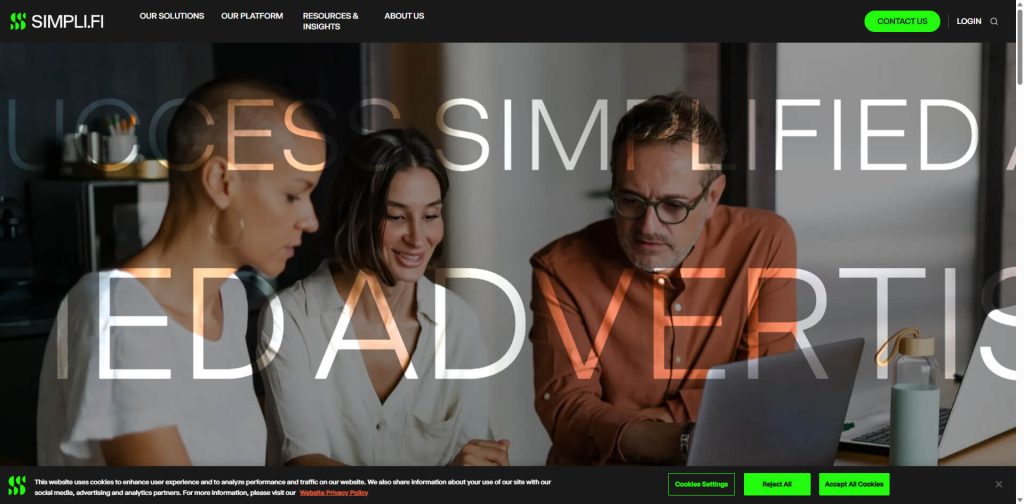
Simpli.fi is a demand-side platform that excels in localized programmatic advertising. It allows businesses to execute hyper-targeted campaigns with precision. Simpli.fi’s strengths lie in its ability to manage large volumes of data, assisting with real-time bidding and dynamic creative optimization.
For companies focusing on local markets, Simpli.fi offers tools that drive engagement and conversions effectively. It also supports addressable geofencing, which allows advertisers to deliver ads to specific households or business locations.
This level of customization allows brands to scale campaigns without sacrificing relevance. Simpli.fi’s audience insights and automated reporting features help businesses adapt their messaging based on real-time data, creating highly responsive campaigns that consistently reach the right users at the right moment.
#3 Cometly |
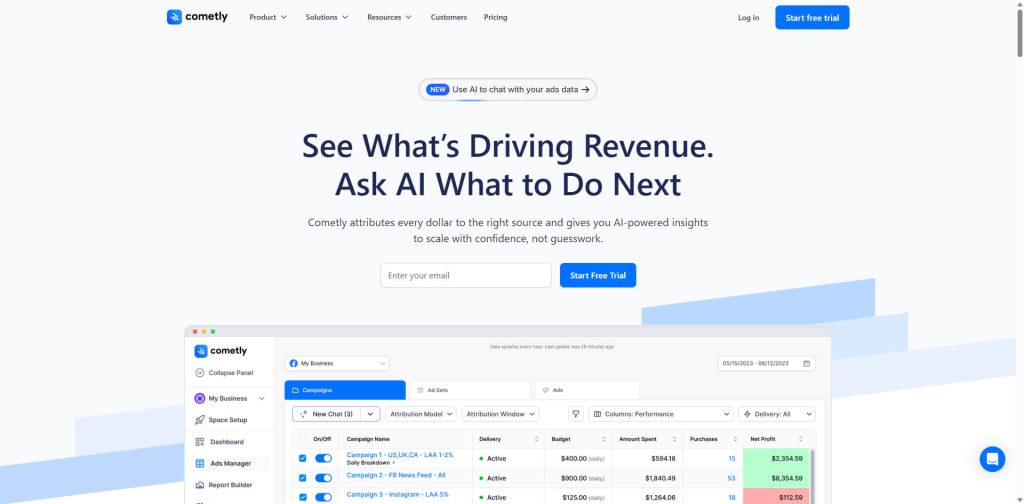
Cometly is a marketing attribution software designed to provide clarity on ad performance. It consolidates data from different platforms, offering a unified view of campaign effectiveness. Cometly’s AI-driven insights help marketers identify high-performing channels and allocate budgets efficiently.
Its real-time analytics make quick decision-making possible, imperative for optimizing paid advertising efforts. Cometly also features predictive modeling to forecast future performance based on historical trends, making it easier to plan campaigns with confidence.
The software helps marketers understand customer touchpoints in greater depth, breaking down how ads influence the path to conversion. This granular level of detail supports faster testing cycles, helping teams eliminate wasteful spend and double down on ads that perform.
#4 Google Ads |
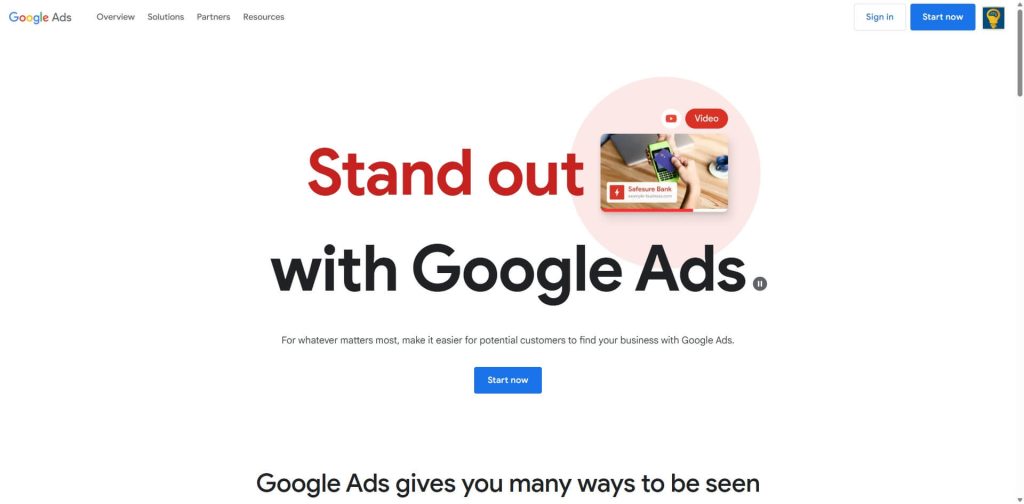
Google Ads remains a basis in digital advertising, offering extensive reach across search, display, and video networks. Its advanced targeting options, including keyword matching and audience segmentation, allow businesses to connect with potential customers effectively.
The platform’s continuous updates, like Performance Max campaigns, provide automated solutions that adapt to user behavior, boosting ad relevance and performance. Advertisers can also benefit from Google’s machine learning models, which identify user intent and optimize bids accordingly.
Custom intent audiences allow for deeper targeting, while ad extensions add valuable context to search listings. Google Ads supports integrations with Shopify, Salesforce, and other major platforms, offering marketers a connected ecosystem to drive consistent campaign results.
#5 Meta Ads |
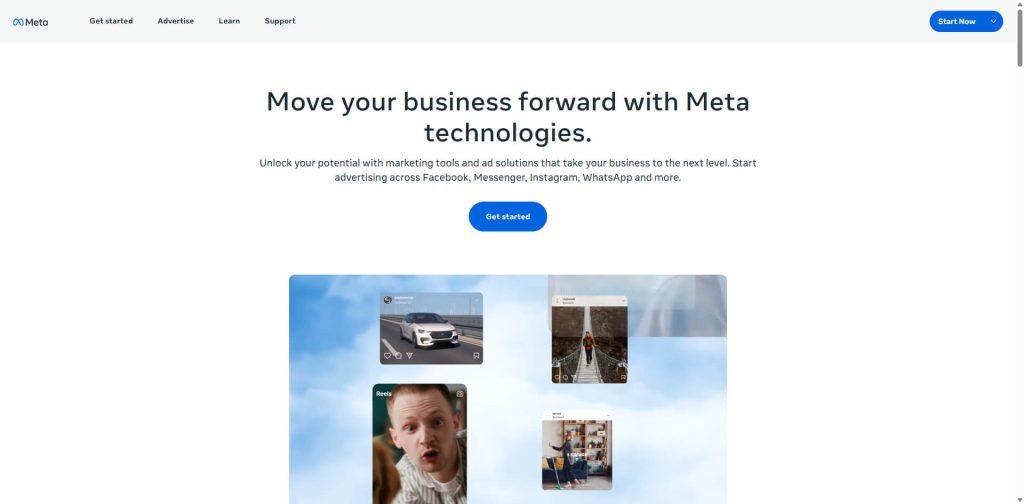
Meta Ads encompasses advertising across Facebook, Instagram, and Messenger. It offers strong targeting capabilities, leveraging user data to deliver personalized ad experiences.
Meta Ads’ suite includes tools for A/B testing, audience insights, and creative management, allowing businesses to refine their campaigns continuously. Its integration with e-commerce platforms further simplifies the customer journey from discovery to purchase.
Meta’s Advantage+ campaigns introduce AI-powered optimizations that automatically select the best audiences and creatives. Marketers can also use dynamic product ads to showcase inventory fine-tuned to user behavior.
Meta Ads delivers real-time performance feedback, making it easier for teams to adjust content or targeting strategies on the fly to maintain profitability.

Microsoft Ads provides access to a unique audience through Bing, LinkedIn, and other partner sites. Its integration with LinkedIn profile data allows for precise B2B targeting, making it a valuable tool for companies in the professional services sector.
Microsoft Ads’ AI-driven recommendations assist in optimizing bids and keywords, heightening campaign efficiency. It also offers ad scheduling, demographic filters, and device-specific targeting for increased precision.
The platform’s lower competition compared to Google often results in more affordable cost-per-click rates. Microsoft Ads’ interface includes built-in insights on impression share, lost opportunities, and historical trends.
These tools are instrumental for brands looking to fine-tune their digital advertising strategies over time.
#7 Amazon Ads |

Amazon Ads offers unparalleled opportunities for product-based businesses to reach consumers with high purchase intent. Its advertising solutions span sponsored products, brands, and display ads, integrated smoothly within the shopping experience.
Amazon Ads’ analytics provide insights into shopper behavior, helping advertisers customize their strategies for maximum impact. Advertisers can use keyword targeting, product targeting, and Amazon DSP to build full-funnel campaigns.
The platform also supports video ads on Fire TV and Twitch, extending brand reach beyond traditional e-commerce spaces. Amazon Ads offers granular performance metrics such as click-through rate by ASIN, making it easier to identify winning product listings and refine campaigns accordingly.
#8 TikTok Ads |
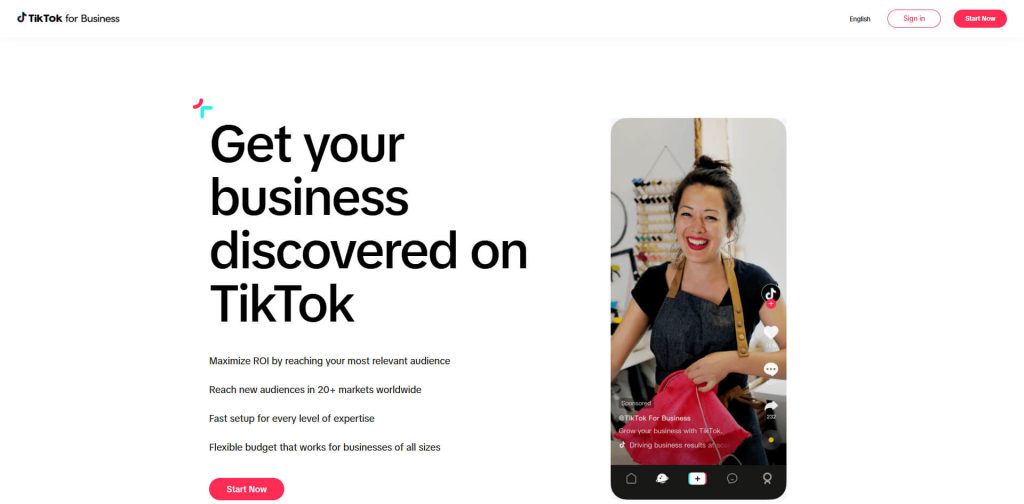
TikTok Ads has emerged as a powerful platform for reaching younger demographics through short-form video content. Its creative tools and algorithm-driven content discovery allow brands to engage users in innovative ways.
TikTok’s ad formats, including In-Feed and Branded Hashtag Challenges, offer interactive experiences that drive user participation and brand awareness. The platform’s Creator Marketplace connects advertisers with influential content creators, assisting with authentic promotions.
Marketers can test different ad variations using Spark Ads to amplify organic content with paid promotion. Real-time reporting tools reveal scroll behavior and interaction rates, helping advertisers adjust quickly for better visibility and performance across ever-changing audience trends.
#9 LinkedIn Ads |

LinkedIn Ads specializes in B2B advertising, providing access to a professional audience. Its targeting options include job titles, industries, and company sizes, enabling precise campaign delivery.
LinkedIn Ads supports different formats, such as Sponsored Content and InMail, facilitating direct engagement with decision-makers. The platform also includes Lead Gen Forms, which pre-fill user details, increasing conversion rates without disrupting the browsing experience.
Campaign Manager, LinkedIn’s ad management tool, offers insights into metrics like open rate, cost per lead, and engagement by profession. Advertisers can also create audience segments based on company growth trends or job function to refine their outreach.
#10 YouTube Ads |
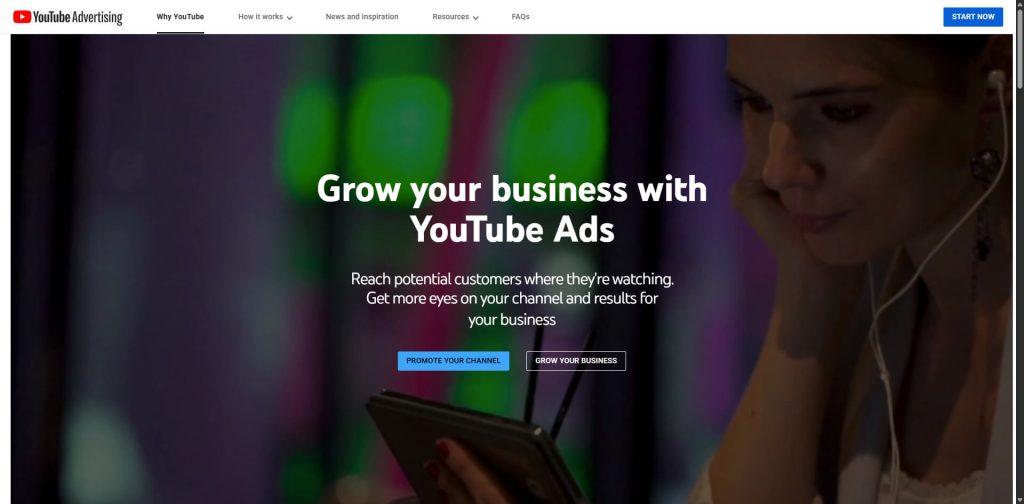
YouTube Ads leverages the power of video to capture audience attention. With options like TrueView and bumper ads, businesses can deliver compelling messages to a vast user base.
YouTube’s integration with Google Ads allows for cohesive campaign management and detailed performance tracking, making it an important part of a complete advertising strategy.
Advertisers can reach users based on watch history, channel subscriptions, or specific keyword searches, allowing for precise campaign targeting. The platform also supports interactive elements like call-to-action overlays and product cards, giving users direct paths to conversion.
YouTube’s continuous innovation in ad formats and its dominance in video consumption make it indispensable for brand storytelling and user engagement in 2025.
Do You Need Help Choosing the Right Tool for Running Profitable Paid Ads?
SmartSites specializes in crafting data-driven advertising strategies that are in keeping with your business objectives. Our team of experts uses cutting-edge tools to analyze market trends, identify target audiences, and optimize ad performance across any number of platforms.
We know that each business is unique, which is why we offer customized solutions fine-tuned to your specific needs. From keyword research and ad creation to performance monitoring and campaign adjustments, we manage every aspect of your paid advertising efforts.
Our commitment to transparency and results ensures that you stay informed and confident in your marketing investments. Ready to take your business to the next level? Speak with our marketing experts now! Contact us at 201-870-6000 or use our convenient online form to get in touch.
 Free
Consultation
Free
Consultation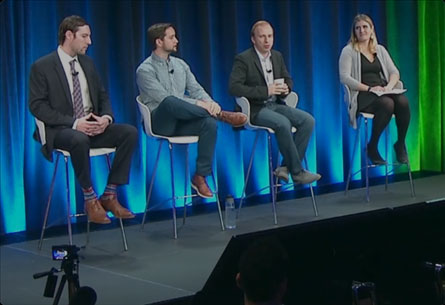 Free
Google Ads Audit
Free
Google Ads Audit

